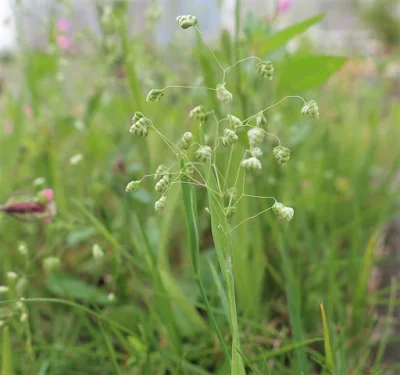I first thought it was Nuttallanthus canadensis or blue toadflax, but it's not that tall. Then, Cymbalaria Muralis (Kenilworth Ivy) came to my mind, but again its flower shape is different. At home I found that this was Mazus pumilus, commonly called Japanese mazus. You can see how small Japanese mazus by comparing it with Trigonotis peduncularis (1st photo) and a closed creeping woodsorrel flower (2nd photo)!
 |
| Mazus pumilus and Trigonotis peduncularis 常磐爆とキュウリグサ |








.jpg)










.jpg)






.jpg)

















